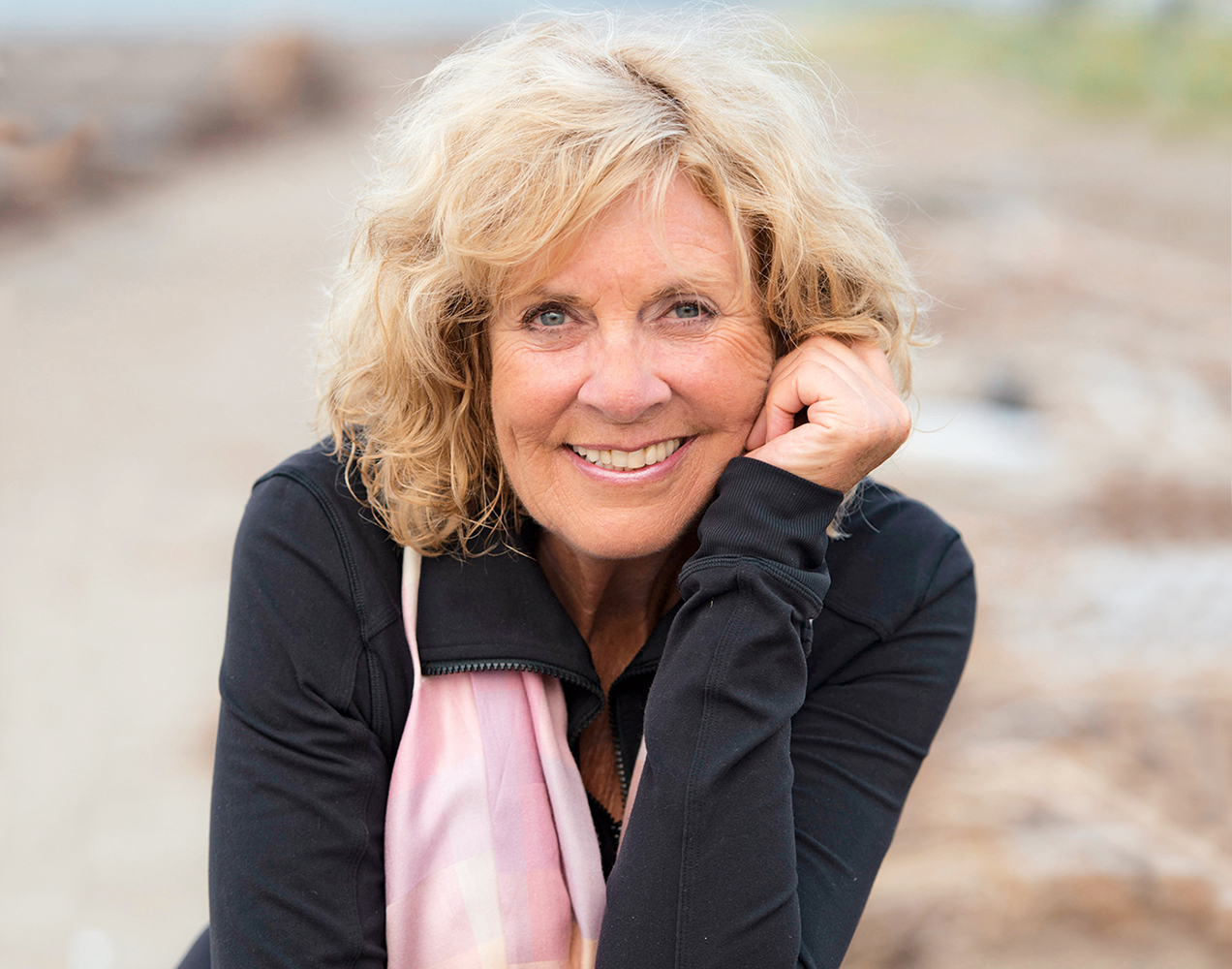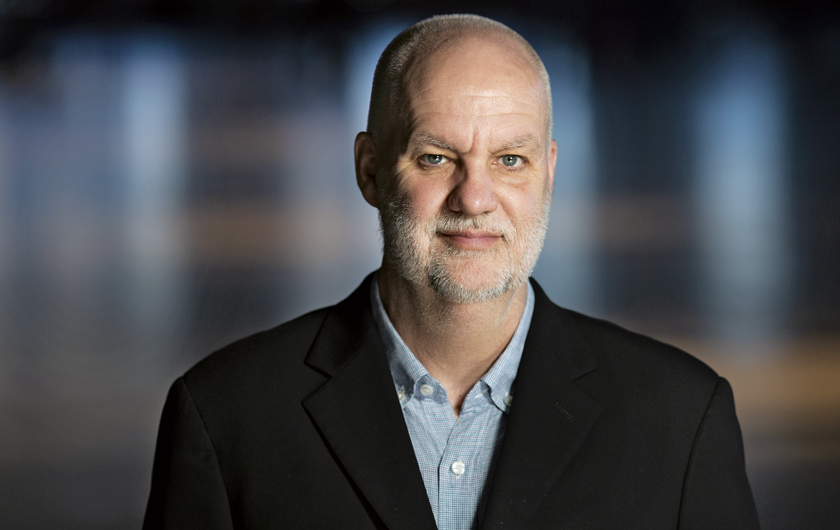“I like finding stories that need attention, that people are trying to cover up or haven’t thought of telling”
By Peter Feniak
In the early 1990s, a fellow journalist lost patience with Sally Armstrong. “Oh, Sally, you’re always going on about ‘the women,’” he said in exasperation.
“Women are different,” Armstrong says today. “We know that. Why can’t we embrace that? We bring ‘different’ to the table—new ideas, new solutions, new vision. And together we’re better.”
The writer’s commitment has meant vivid stories from places where women and girls have been dismissed and oppressed, objectified, targeted, and met with violence. She salutes the courage of those—from Kabul to Vancouver—who seek to change things.
“I’m seeing it everywhere now,” she tells Good Times in her midtown Toronto condo. “Call it ‘personal will.’ Malala Yousafzai [the 22-year-old Pakistani Nobel Peace Prize-winner who fights for education for girls] is a good example, as is Greta Thunberg [the famous Swedish teen activist for action on the environment]. What they’re saying is, ‘What you’re doing is not okay with me.’ We never spoke that way. We weren’t as challenging.”
Armstrong’s voice, too, is one that matters. She has been honoured for “Lifetime Achievement” by the Canadian Journalism Foundation, has received four Amnesty International Canada Media Awards, and has been appointed to a United Nations commission on women’s issues in the Middle East. She’s been named to the Order of Canada and elevated to Officer of the Order, and has received honorary degrees from universities nationwide. Chosen in 2019 to deliver the prestigious CBC Massey Lectures (past CBC Massey lecturers have included Northrop Frye, Noam Chomsky, and Margaret Atwood), she worked all summer, researching and preparing five one-hour lectures that shared stories of women’s roles and rise through history. Finding responsive audiences from Whitehorse to Toronto was, she says, “absolutely thrilling.” The lectures are the substance of her sixth book, Power Shift: The Longest Revolution (House of Anansi Press, 2019).
Long a sought-after speaker, Armstrong often begins by introducing herself simply. “I’m a journalist,” she says, “and I work in zones of conflict. And my beat is what happens to women and girls in these places.”
Meeting Rooms
Armstrong says, “I’m a journalist,” with some pride. It wasn’t until her early 30s, in the mid-1970s, that she first stepped into journalism—something she’d dreamed about doing. She was a wife and mother (of two, “with one on the way”) whose previous job had been, she says, “gym teacher” (though she taught physical education and English). She earned her first bylines in Canadian Living magazine with stories such as “Leave Me Alone…I’m Stuffing the Turkey.”
Women’s magazines were expected to keep it light, then—recipes, fashion, entertaining—despite pioneering efforts to focus on women’s social issues by Canadians such as Doris Anderson (the editor of Chatelaine from 1957 to 1977) and writer/activist June Callwood. Armstrong cites both as mentors. As Armstrong’s confidence and experience grew (she would become the editor-in-chief of Homemakers magazine), so did her desire to look at the lives of women in troubled corners of the world. In 1986, she convinced Canadian Living editor Judy Brandow to send her to Liberia, West Africa, to profile Theresa Hicks, a missionary and a beacon of hope to the desperately poor there.
From an armchair in Toronto, Armstrong remembers that first foreign assignment:
“There were dead people all over the place. Dr. Doe was President then [Samuel Doe had staged a violent coup to seize power], and I made all the mistakes that a new reporter makes. I was trying to take a picture and a guy banged his rifle into the back of me—I didn’t know you’re not supposed to take pictures in airports.”
Armstrong got the story—and kept going.
“I think we get better at it,” she muses. “I like finding stories that need attention, that people are trying to cover up or haven’t thought of telling. You have the issue of ‘How do you get them to talk to you?’ because…,‘Who are you?’ What did the Taliban call me? ‘The big woman from Canada with the yellow hair.’ You’re nobody in their lives and they have a serious problem, and why should they share it with you?
“And then you get to know them. And then, of course, you know them forever. I love their stories. And if I can tell somebody’s story and the reader can understand what they’re going through, then I’ve done my job.
“And whether I’m in the north of Canada or the East Coast, or Africa or Afghanistan, when there’s an issue with women, the meeting tends to happen over the cookstove or at the fire or while getting water out of the river. And invariably there’s a meeting room. In Senegal, the women who first eradicated female genital cutting, they had a little meeting house. It was the same in Afghanistan, where I did a story on a group called Young Women for Change. What a place to be standing up as a young woman and saying, ‘We’re changing everything!’ Amazing. I got there, and half the people were young boys! They’re the ones who said to me, ‘We’ll never get to the finish line unless we walk together.’ They had a meeting room, as did the grandmothers in Africa. And the meeting rooms are the same—there’s always a to-do list, some tacked to the wall. There are always lofty posters telling you how to live your life better. There are always drawings made by children. And it reminds me how much we are all the same. And our problem-solving tends to come down to the same basics. So I love telling these stories. And I love knowing these people. I often go back to find out what happened.”
With passports stamped in Bangladesh, Bosnia, Kenya, the Congo, Iraq, Afghanistan, and more, Armstrong has also met danger. “I hate danger,” she says. “But the hardest part is when you’re getting ready to go. I’m anticipating what can go wrong, how hard it is to get through all the baloney and get to the people I want to get to. And invariably the radio is saying there’s trouble there. That’s the hardest part. Once you get there, you’ve got to get going, because it’s hard to get these stories. And then I’m completely involved in the story. I’m soaking it up.”
She recalls an episode that confirmed her dedication to her path:
“I was in Sarajevo in 1992 [when it was under siege, during the War in the Balkans], doing a story on the effect of war on children. I had my story and was preparing to leave the next day, and I began to hear rumours about ‘rape camps.’ And you know, in our business, one of the first casualties of war is usually the truth. You’ve got to be very careful. Who ever heard of rounding up the wives, daughters, mothers, sisters, and then gang-raping them? But by the end of the day, I knew there was something to it. I gathered everything I could. Our magazine had a three-month timeline to publication. I couldn’t rush this to press. I gathered everything and gave it to a big news agency and said, ‘This is a helluva story.’ And I waited and waited for the headline. But it never came. I phoned the guy that I gave the story to. He said, ‘It was a good story. I was going to assign it, but I got busy, I was on deadline, I forgot.’ Nobody wanted this story [because] it was only about women. I went back. I got the story. And I won so many awards thanks to this brave woman, Eva Penavic, who told me what really happened.”
Today, the truth of this time of terror is known worldwide. The hateful rape and sexual enslavement of thousands of Bosnian Muslim women by Bosnian Serb forces led to fierce condemnation—and the declaration of rape as a war crime—at the international criminal tribunal in The Hague.
“You know, when I started this work, my publishers didn’t want it,” Armstrong says. “I remember my publisher saying, ‘Tide doesn’t want to advertise on a page opposite a story about rape.’ And I said, ‘Tide wants to advertise opposite the best-read page in the magazine; that’s what they want.’”
In conversation, Armstrong is gracious, relaxed, and thoughtful—happy to share memories. It’s a given, though, that she brings intensity and tenacity to her work. She won’t quit. “You’re right,” she says, “I don’t quit. God knows I should. But I didn’t quit when I was young, either.”
A Close Family
Her young years were in the Montreal suburb Town of Mount Royal. One of four children, she says, “I was very, very lucky; I grew up in a great family. The message in my house was, ‘You can do anything.’”
Her father, William “Bill” Saddler, “came from Scotland; he was in business.” Her mother, Alma Wishart, was raised on a farm near Tabusintac in northeastern New Brunswick. “She came to Montreal to be a nurse. My mother had to give up nursing when she got married—those were the rules. She always used to tell us she wanted to do geriatric nursing. My father died before we finished growing up, and my mother did go back to nursing. She used to tell us stories at suppertime about the terrible way we treated people who were dying. My mother was the head nurse of the medical floor at the Royal Victoria Hospital. She was on the team that opened the first palliative care unit in North America.”
At Mount Royal High School, Armstrong shot up to six feet. “I was always taller, that’s for sure. I had great friends and I was a jock. I played a lot of sports.” Her Quebec was “an English world,” but she learned to speak French via her school’s experimental language lab. Studying at Macdonald College (now part of McGill University) for her teacher’s degree, she met Ross Armstrong at a dance. “I fell for him there,” she smiles. “We dated for seven years before we got married.” Of her journalism career, Armstrong says, “I could never have pulled this off if he weren’t cheering me on.”
By then, the family (with three children, Heather, Peter, and Anna) had settled in Oakville, ON, west of Toronto. “In the days that I was trying to become a journalist and then, for God’s sake, going to places like Afghanistan, my husband was my biggest supporter. And he was just a terrific dad.” Ross Armstrong died “suddenly, in a car accident” on January 28, 2000. A brief obituary noted “his kindness, wisdom, and generosity.”
“It was,” Sally Armstrong says quietly, “unspeakably awful, for me, for the kids, for our lives. We’re a very close family. I didn’t know how we could ever recover from that. But…we did.” The writer returned to work.
In the summer of 2018, on CTV National News, Lisa LaFlamme introduced “veteran journalist” Sally Armstrong with “a world exclusive”: the story of the daring rescue of the White Helmets.
The White Helmets (a.k.a. Syrian Civil Defence) are the heroic search-and-rescue volunteers who risk all to save lives as bombs and violence devastate their home country in Syria’s heartbreaking civil war. Their helmets carry cameras that show the world the cruelty inflicted by the army of President Bashar al-Assad. Though neutral participants, White Helmets were in peril from al-Assad’s bombardment when roughly 800 of them were helped to escape through Jordan and then Israel. It was a remarkable event in the Middle East and Armstrong followed it closely.
“I heard on July the 21st [2018] that the White Helmets had been rescued, and on July the 22nd that Canadians had masterminded it! I phoned Global Affairs Canada and said, ‘I want this story.’ ‘No, no, no. We’re not talking about that,’ they said. I phoned somebody else at Global Affairs and they said, ‘I think we can’t do those interviews.’ So I phoned somebody else and somebody else. I was at my cottage in New Brunswick, hearing from all over the place what Canada had done. Finally, after about five days, I called the communications guy and said, ‘How can you refuse this story? How can you do this? We’ve got this thug to the south of us, berating us every day, and you don’t want Canadians to know what Canada did?’”
Eventually, she says, “they opened every door and they gave me papers for travelling. You know, in those places, they’re always stopping you, keeping you back. I had a letter saying, ‘She’s here at our request; please assist her.’ I had a photographer [long-time collaborator Peter Bregg] and a cameraman from CTV. Wasn’t I lucky! What a story it was!”
A Different Country
Armstrong’s experiences have made her a committed internationalist, decrying “people who want to put a fence up around our country, or ignore what goes on outside, or have the bizarre notion that we’ll be okay if we don’t help anybody else.” She’s also proudly Canadian.
“This is a very different country,” she says. “Look at what happened with Fort McMurray, when people’s lives and livelihoods were on the line [due to wildfires]. The whole country got involved. Look at Gord Downie [the late lead singer of The Tragically Hip]—12 million Canadians watched that last concert on TV that night! Look at the mosque [shooting] in Quebec City—we couldn’t find enough ways to say, ‘I’m sorry.’”
Now in her 70s, Armstrong remains youthful and energetic. Her eight grandchildren enjoy that. She also keeps her bike, her kayak, and her golf clubs busy during her treasured summers in New Brunswick on the Gulf of St. Lawrence, where she keeps a cottage office. In Toronto, once a week, she goes “to the barre”—the barre in a class at Canada’s National Ballet School. “I have to take Advil before I go,” she grimaces. “It’s so damn hard. My kids say, ‘Is anyone there as old as you?’ I say, ‘No, but close.’
“Heather’s a banker,” she says of her elder daughter. “Anna lives in Halifax; she’s an advocate for people with intellectual disabilities.” Her son, Peter Armstrong, is a familiar voice on CBC Radio as a senior business correspondent. She remains close with her children and, Armstrong says, “Dinner at my place is interesting, I’ll tell you that.”
Looking back on her early days as a journalist, she says, “I chased enough fire engines.” As her scope and skills grew, she, too, kept growing. “It was gradual,” she reflects. “I would never, ever have believed it would end up like this. I never would have imagined it.”
Sally Armstrong’s stories and reporting can be viewed at sallyarmstrong.ca.
Photo: Courtesy of Peter Bregg Photography.






